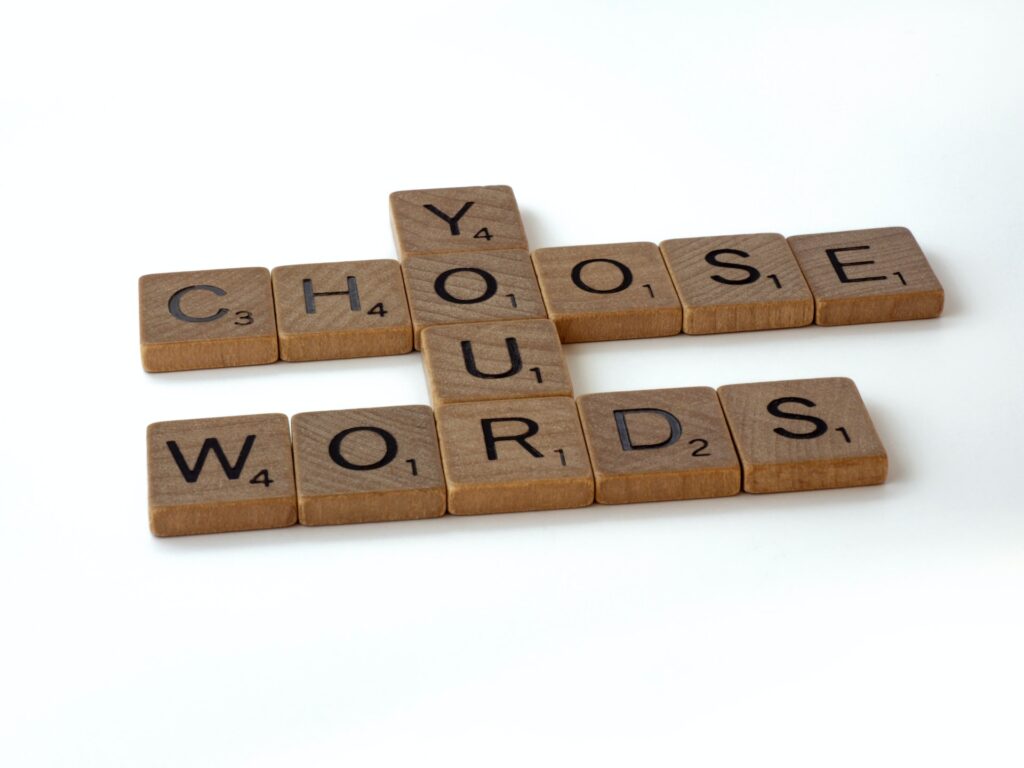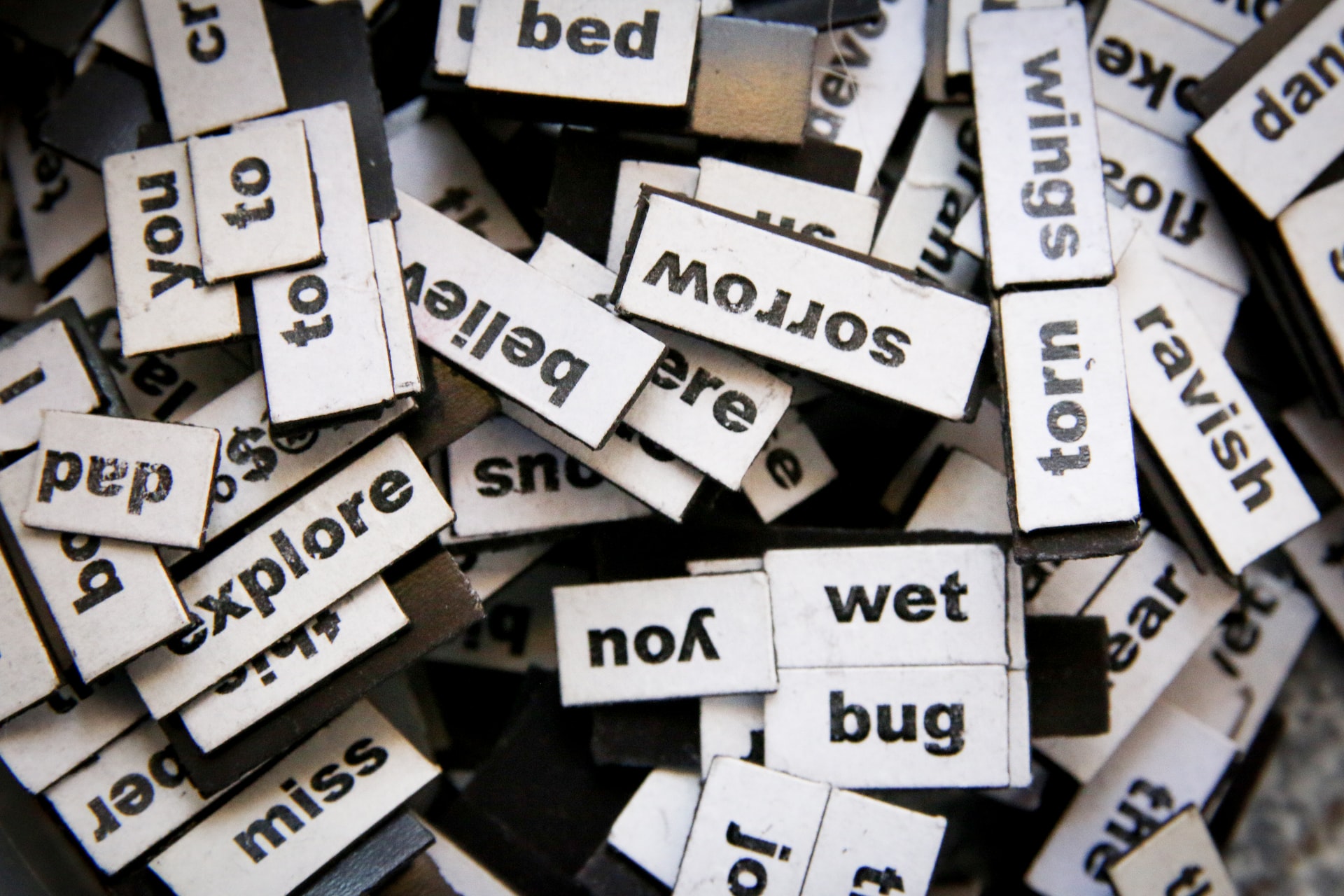Learning how to use literary devices effectively can instantly add depth and creativity to your writing. With the right understanding and application of these devices, you will instantly increase your readers’ engagement with your work.
In this article, we explore how to identify and use appropriate literary devices for maximum impact in your content creation.
We discuss common types of literary devices such as simile, metaphor, personification, allusion, oxymoron, hyperbole, symbolism, irony, and paradoxes – and share tips on applying them effectively for dynamic storytelling that resonates with readers.
Finally, we look at how leveraging literary devices in your content creation process can help you improve your written voice and capture readers’ attention.
Read on to master the art of using literary devices in your writing!
What Are Literary Devices?

A literary device is any technique a writer uses to enhance the meaning of their writing and content.
They can be used for descriptive purposes, to create dramatic effects, to evoke an emotional response, or to add interesting elements that draw readers into the story or message. Some common examples include metaphors, similes, imagery, alliteration, personification, and irony.
When used effectively in your writing and content creation, literary devices can help you craft compelling stories and messages that capture your readers’ attention. They can also provide fresh perspectives on old ideas by helping you explain complex topics in ways that resonate with your target audience. Additionally, literary devices can help you add an interesting, creative flair to any text, making it stand out.
To use literary devices effectively in your content creation, it’s important to identify which ones are most suitable for the type of writing or story you’re trying to tell. Start by brainstorming all the different ways you could use a particular device—such as metaphor or simile—and then decide which is best suited to the context of your writing.
Once you have a few ideas in mind, take some time to practice using them in your writing so they become second nature and can be effortlessly incorporated into your content. This will help ensure you use literary devices effectively to captivate and engage your readers.
Common Types of Literary Devices

Writing with literary devices can make your content more interesting and engaging. Simile, metaphor, personification, allusion, oxymoron, and hyperbole are some of content creators’ most common literary devices.
Simile, Metaphor, Personification, and Allusion
- Similes compare two unlike things using ‘like’ or ‘as,’ such as “She was as brave as a lion.”
- Metaphors also compare two unlike things but don’t use connecting words as similes do. An example of a metaphor is “He had a heart of stone.”
- Personification gives inanimate objects or abstract ideas human-like qualities, such as “The wind whispered secrets to me.”
- Allusion includes references to other works, such as literature or art.
Oxymorons, Hyperbole, Symbolism, Irony, Paradoxes
- Oxymoron combines contradictory terms such as “wise fool” or “bittersweet,” while hyperbole is a form of exaggeration for emphasis, such as “She was so mad she could have exploded.”
- Symbolism is the use of symbols to represent ideas or qualities, like a white dove symbolizing peace. Irony involves saying one thing and meaning another; for example, someone may say they love rain but mean they actually hate it.
- Finally, paradoxes are statements that appear to be contradictory but can still be true; an example would be “less is more.”
How to Leverage Literary Devices In Your Content Creation Process

Creating content with literary devices can help to make your writing stand out and engage readers. Whether you’re creating blog posts, articles, emails or any other type of written content, utilizing these devices can add meaning and nuance to your work.
Here’s how to leverage literary devices in your content creation process:
Improve Your Written Voice with Creative Literary Devices
Use alliteration to emphasize key words or phrases, such as “the tricky triceratops” or “marvelous martinis.” Play around with similes and metaphors to paint vivid images for readers.
For example, describe a long journey as “like climbing Mount Everest.” Utilize irony when it helps tell the story; reference a popular phrase and spin it unexpectedly, such as “the best things in life are free…except love”.
Adapt Different Approaches When Applying Literary Devices To Your Writing
You should never be afraid to experiment with different techniques when writing creatively with literary devices.
Consider using hyperbole or understatement to provide a dramatic effect. Create suspense by employing foreshadowing, which is the act of hinting at what is yet to come.
If you want to contrast two ideas, use antithesis for strong emphasis. As you experiment with these tools, remember that the goal is always to improve your written voice.
Utilize Literary Devices for Effective Storytelling
When constructing stories for your content, you can make them more powerful by sprinkling in some literary devices.
Use personification to give human qualities to abstract concepts or objects. Consider using oxymorons for drama and irony; an example would be “bitter-sweet memories.” You can also use puns as humorous language devices to lighten the mood of a story.
With each device you include, remember that it should always serve a purpose within your narrative.
Conclusion: How To Master The Art Of Using Literary Devices

In conclusion, while mastering the art of utilizing literary devices in your writing can take time and practice, it’s definitely worth investing your effort into understanding them.
As you become more familiar with the different types of literary devices and how to incorporate them effectively into your content creation process, you can craft more vivid and engaging stories that captivate readers.
With a better grasp of these concepts, your work will stand out from the crowd and generate higher reader engagement. So go ahead – start exploring ways to use literary devices like an expert!
Step Ahead of the Competition: In the fast-paced world of real estate and business, staying ahead is everything. Our specialized content creation services can give you that edge. Contact us today and discover how to captivate your audience like never before.
